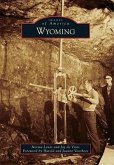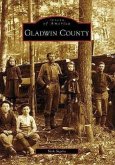Manistique, as with many towns in the Upper Peninsula of Michigan, became a boomtown as interest in natural resources made its westward movement. The area was first populated by Native Americans and occasional fur traders. Fr. Frederic Baraga made his appearance in the early 1800s bringing Christianity, but development of the area did not begin until the latter part of the 1800s. With the eastern United States' timber gone, Manistique was discovered in the 1870s and the timber rush began. Until the early 1900s, Manistique was a boomtown with sawmills, subsidiary companies, and supporting merchants and services. Once the timber was cut, the companies moved westward to find more timber and Manistique was left behind. As time went along in the last century, Manistique retained a few industries, but its primary focus has become serving as a mecca for tourism.








